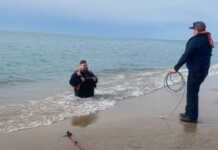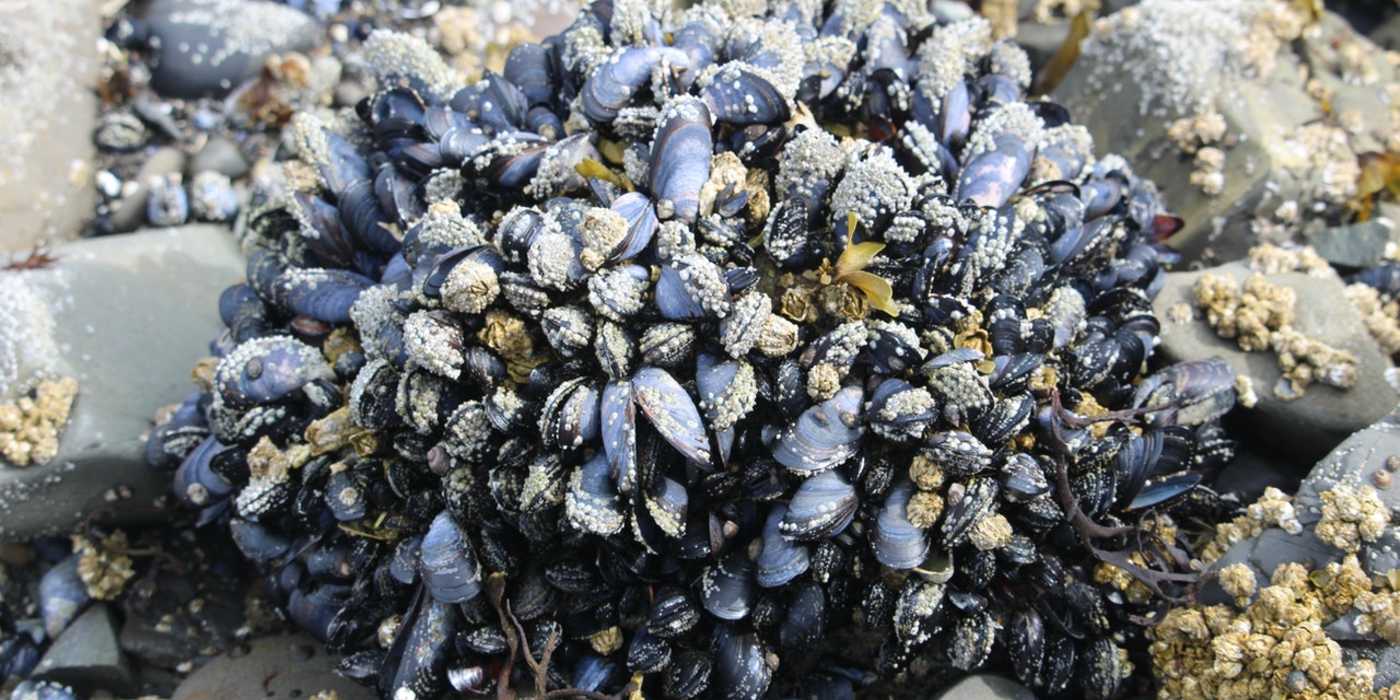Instead of shelling out for a water filtration plant, mussels’ constant filter feeding is being tested as a potential wide-scale application for microplastic clean-up in our oceans.
Belying their humble evolutionary stature, the mussel can do something that humanity could only achieve by spending millions on equipment, and that is cleaning microplastics smaller than 5mm out of the ocean.
A voracious filter feeder, mussels absorb microplastics and than excrete them, while doing no harm to the organism.
Microplastics are devilish pollutants that can come from tire wear, fracture off long-floating plastic debris, or get pulled off artificial textiles and end up in the ocean via sewage. They’re so small that often the required fineness of a net in order to collect them ensures that any marine life, even tiny ones, will be collected as well.
A trial near the Plymouth Marine Laboratory in England is looking to see how many mussels it would take to make a meaningful impact on microplastic pollution.
A blog entry from a biologist at our EPA suggests that one adult mussel can filter feed through 15 gallons of water a day, and that a 6-mile bed of mussels can remove 25 tons of particulate matter a year.
The Plymouth trial is replicating an earlier experiment that placed around 300 mussels in a flow tank that fed them phytoplankton and microplastics. They collected around 25% of the microplastics that were in the water—a staggering 250,000 pieces per hour. The particles were deposited in the bivalve’s droppings which the researchers say could be used for biofuel because it’s full of carbon.
This was funded by the Waitrose Plan Plastic, a grant program for plastic cleaning solutions funded by the sales of plastic carrier bags at Waitrose grocery stores in the UK.
Out in the Plymouth Sound, the team monitoring the mussels keep them in clusters in buckets under which are suspended receptacles to ensure all the waste is collected and the microplastics can be disposed of properly.
“The trials so far have been extremely promising and we’re very excited about the positive impact systems like these could potentially have on estuarine areas, particularly in places where microplastics might accumulate such as marinas, harbors or near wastewater treatment works,” said Professor Pennie Lindeque, Head of Science – Marine Ecology and Biodiversity, in a press release.
RELATED: New Shipping Material Made From Popcorn Can Replace Styrofoam ‘Peanuts’
While nanoplastics can pass through the mussel’s membranes and into their limited anatomy, the microplastics are too large to harm them at the levels they are currently found in the oceans.
“This has been a really exciting experiment, because we always hoped that mussels would have the capacity to filter out microplastics, but they do it really well, and they do it without harming themselves,” Lindeque says.
(WATCH the video about this story below.)
FILTER OUT Cynicism From Friends’ Feeds—Share This Story…




















